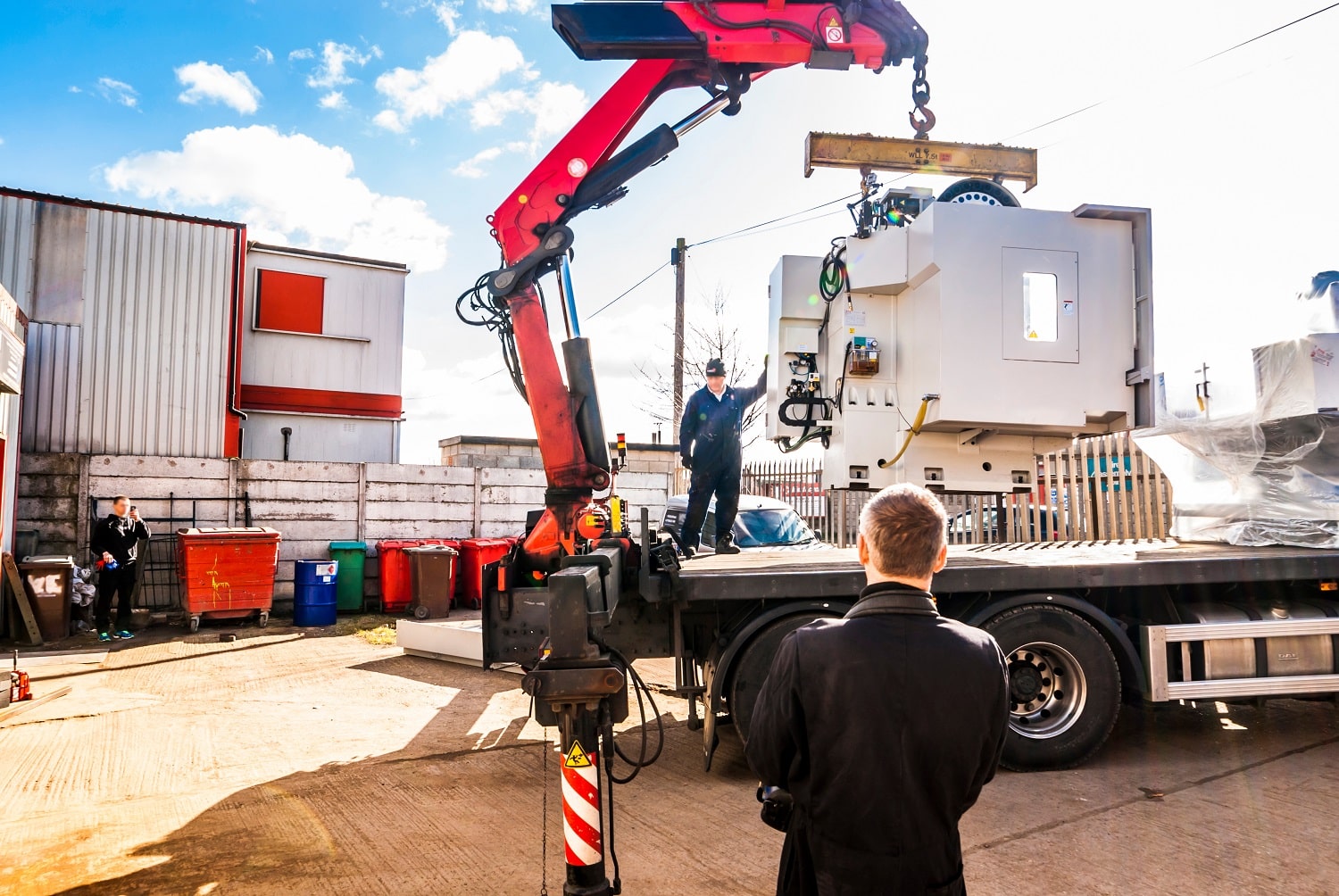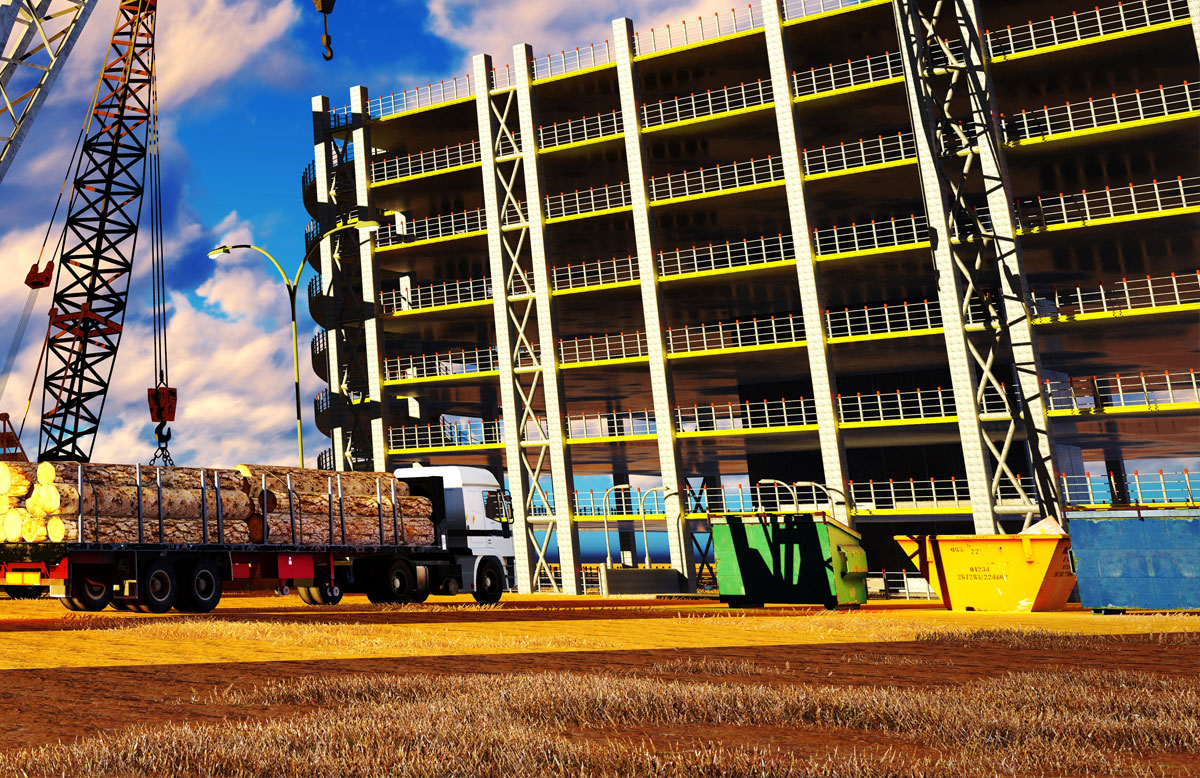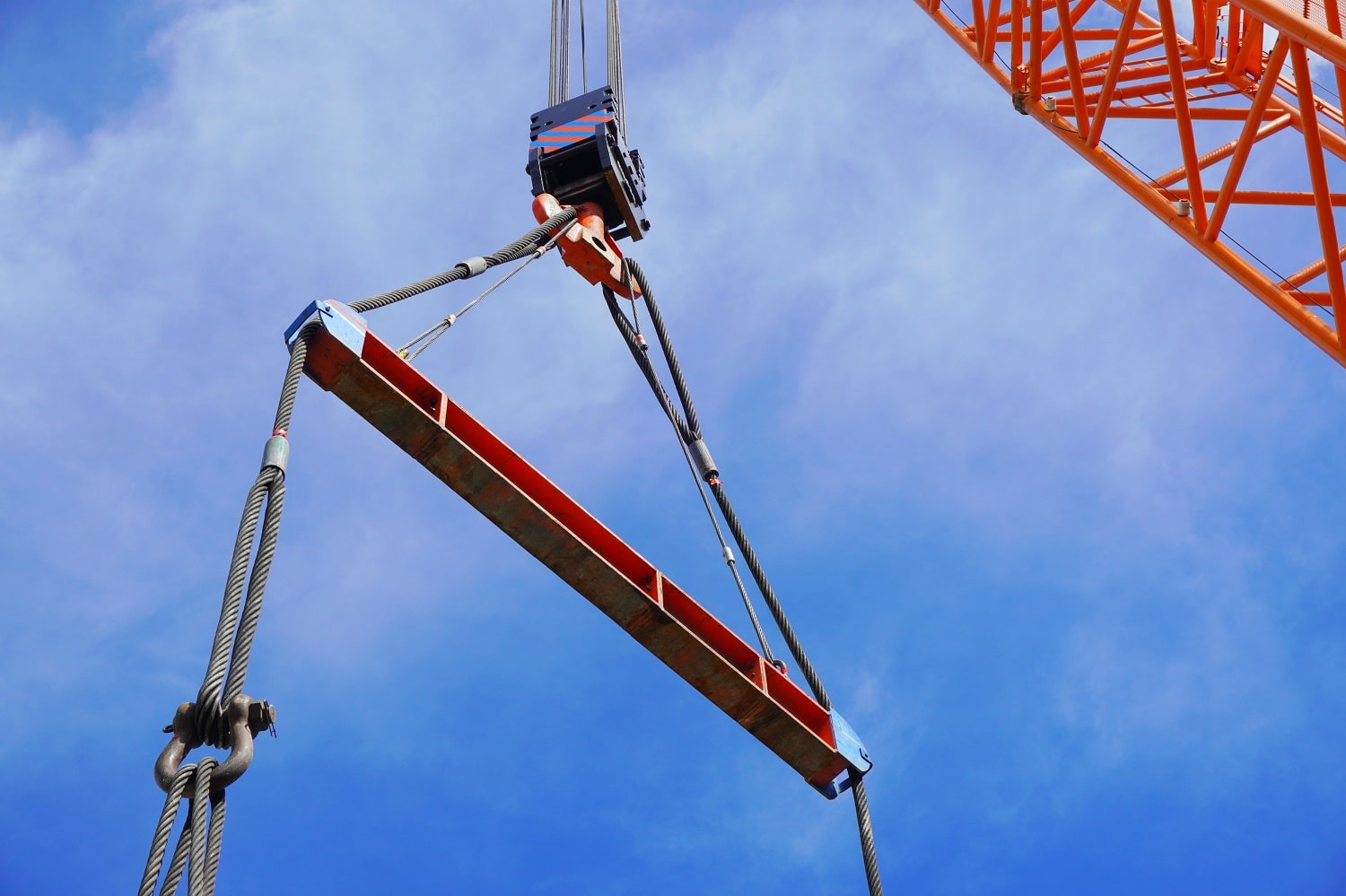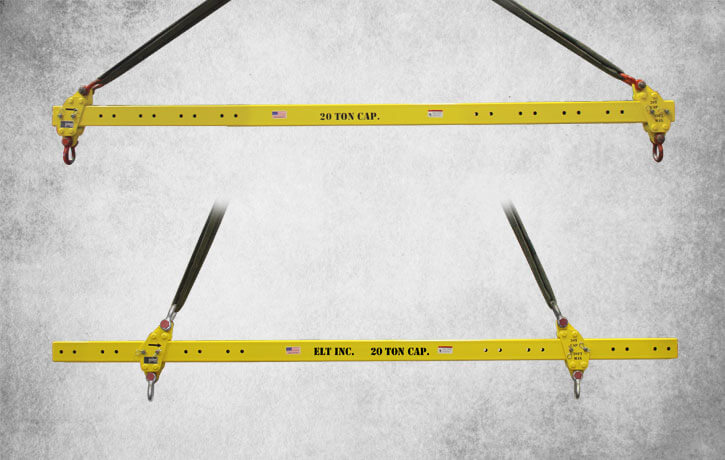Common Mistakes That Lead To Rigging Accidents at a Jobsite
When it comes to construction sites, rigging and lifting heavy weights have always been crucial parts of the process. It takes years of experience and industry knowledge to be able to deal with rigging efficiently and it can be quite lethal to one, if taken lightly. One has to keep safety protocols and caution in mind before proceeding to use rigging equipment. Being aware of the most common mistakes that lead to rigging accidents can be helpful in preventing them from occurring.
Not Knowing The Exact Weight Of The Load:– Knowing the exact weight of the load is necessary to lift it to the working load limit. The weight of the load also determines the required lifting equipment. Typically this information is mentioned on the industrial lifting devices, since they are lifted frequently. If it’s not mentioned, the riggers need to determine it themselves. Here are a few common ways of determining so,
- Reviewing the shipping document
- Examining the engineered prints
- Weighing the scale by using industrial scale, dynamometer or a load scale
- Referring to the manufacturer’s specifications
- Performing a manual calculation with the help of the formula –
Working Load Limit = Minimum Breaking Load/Safety Factor
Not Inspecting Rigging Gears Properly Beforehand:– Rigging gears securely connect the load to the lifting machines. Most failed lifts on job sites are caused by rigging equipment failures. The risk can easily be minimized with regular inspection of the rigging equipment. Some examples of expert inspections are – using slings with padding over sharp corners, immediately removing and replacing defective items, inspecting for overhead power lines prior to lifting and providing tag lines on loads which are likely to swing.
The rigger should be able to identify the faults with the hardwares. It’s a good idea to occasionally train the workers about correctly identifying such damages and discarding them.
Lack Of Load Control:- Lack of load control happens way too often on construction sites, causing most rigging accidents. There are a set of factors that affect the load control, such as – weather, load support and assembled stability of the load. Maintaining proper load control requires careful educated planning. To calculate the load control one needs to account for the,
- Load’s weight
- Center of gravity of the load
- If tag line is needed or not
- Appropriate sling and hitch
- Change in the climatic and environmental conditions.
Not Checking The Capacity Of The Hardware:- Quality slings and rigging equipment have the working load limit mentioned on them. However, riggers often face issues regarding illegible or missing tags on equipment. This can be dangerous since missing the capacity can lead to using the wrong sling and thus cause lifting failure. One should avoid using such slings as they are crucial parts of lifting and detailed identification tags are must for them. Some hardwares, such as eye bolts and master links don’t have the capacity written on them and riggers should refer to the manufacturer’s chart to check them.
Using The Wrong Rigging Equipment:- Rigging equipments are found in various capacities, weight levels and qualities. Using the wrong cart, hitch or sling while working on-site can spell trouble. For example, not using a spreader beam or double choker hitch when lifting larger pipes, will cause them to slide right through. Another issue, riggers might face when it comes to choosing the right equipment, is poorly fabricated below-the-hook or modified devices. They are illegal as well as risky to use. It’s important to immediately address the issue if a rigger notices any hand-crafted, welded or modified non-OEM parts. Points to consider before choosing a rigging equipment –
- Load dimensions as in weight and shape
- Path of travel
- Headroom restrictions
Not Taking Safety Measures Against Electrical Contact: – Electrocution is among the common mishaps in the construction site. When a part of a crane comes in close contact with a charged overhead powerline, it might cause an electrical trail, which can go unnoticed. To minimize the chances of this happening, a few safety tips to follow are –
- Properly checking for possible electrical hazards to identify before proceeding
- Requesting the electrical company to de-energise and ground overhead power lines
- Using only non-conductive wood or fiberglass ladders
- Ensuring that riggers are wearing protective equipment such as – rubber gloves, insulating sleeves and protective helmets.
Not Taking Structural Integrity Of The Load In Account:- When lifting a load operator, besides the load control and load weight, the operators also have to understand the structural integrity of the load, as in, how the materials being lifted will react under pressure. Before lifting the load, it’s important to determine the structural integrity by testing it out. Not taking this into account can lead to lifting failure, when lifting something that is partially full . If not properly hitched and rigged, the load might slide to one side completely throwing the weight off and causing serious trouble. Moreover, the material itself could be damaged while being lifted. Which is why, determining structural integrity is not only a safety measure but also a necessity to ensure that none of the materials are damaged during lifting them.
To conclude, more often than not, rigging accidents are caused by preventable missteps. From a minor calculation mistake of a rigging gear’s capacity or the load limit to not taking the structural integrity of the load to account – these errors can lead to significant threat to one’s life or property. Ensuring that safety measures are diligently followed properly is thus crucial to ensure that the workers are safe and properties are out of harm’s way.





